LONDON – Researchers from Queen Mary, University of London, have developed a new gene test that detects precancerous cells in patients with mouth lesions. They think that the test could offer the possibility of early and less invasive treatments, improving the quality of life and chance of survival of mouth cancer patients significantly.
According to the researchers, 30 per cent of mouth lesions turn into cancers. To date, however, there has been no test available to detect accurately which lesions might become cancerous for early treatment.
The newly developed quantitative Malignancy Index Diagnostic System measures the levels of 16 genes that are highly expressed in many cancer types. Their mRNA expression levels are translated via a diagnostic algorithm into a metric scoring system, which quantifies the risk of the lesion becoming cancerous.
In preliminary studies of 299 hospital patients in Norway and the UK, the test detected 91 to 94 per cent of cancer cases from 359 head and neck tissue specimens.
Compared with conventional histopathology, the new test is less invasive because it requires only a 1 to 2 mm piece of tissue and can provide results within less than three hours. Histopathology involves tissue biopsy and pathological examination, may take up to a week to yield results, and detects mouth cancer at a much later stage.
“Detecting cancer early, coupled with appropriate treatment can improve patients’ outcomes significantly, reduce mortality and alleviate long-term public health care costs,” said Dr Muy-Teck Teh, lead investigator and inventor of the test.
In addition, the researchers demonstrated that the system could be used for diagnosing cancer in patients with suspicious skin and vulva lesions, illustrating its potential clinical use for other cancer types.
The diagnostic test requires further clinical investigation to evaluate its long-term benefits for oral cancer patients, the researchers conclude.
The study was published online on 4 October in the International Journal of Cancer ahead of print.
LONDON, UK: Seeking to improve oral cancer detection and treatment, researchers from Queen Mary University of London have developed the first polymerase ...
LIVERPOOL – Owing to the absence of a uniform testing standard within the NHS, researchers have analysed a new test developed to classify ...
DURHAM, N.C., U.S./BIRMINGHAM, U.K.: Cancers that occur in the back of the mouth or in the upper throat are difficult to spot and, as a result, are often ...
LONDON, UK: An international team of researchers has developed a breath test that could help doctors diagnose the early signs of oesophageal and gastric ...
ABERDEEN, Scotland: Head and neck cancer is a highly debilitating disease that has profound consequences for oral function, nutrition, communication and ...
MANCHESTER – A woman from Manchester has sued her dentist for failing to diagnose her oral cancer. The 58-year-old was referred to the dentist for ...
LONDON, UK/AMSTERDAM, Netherlands: A test that measures the levels of five chemicals in the breath has shown promising results for the detection of cancers ...
Engineers have developed a new device that can warn patients about early risks of tooth decay from diseases such as gingivitis and periodontitis.
MANCHESTER, UK: According to figures from the Faculty of Dental Surgery of the Royal College of Surgeons of England, four in five children under 2 years of ...
RUGBY, UK: In a large series of studies conducted in Italy and Switzerland, researchers have found that people who ate green vegetables were less likely to ...
Live webinar
Wed. 14 January 2026
5:00 pm UTC (London)
Dr. Théo Laplane, Dr. Robert Gottlander DDS
Live webinar
Fri. 16 January 2026
5:00 pm UTC (London)
Live webinar
Mon. 19 January 2026
6:00 pm UTC (London)
Philipp Kopp, Michael Seeber
Live webinar
Thu. 22 January 2026
2:00 pm UTC (London)
Prof. Judith Jones D.D.S; M.P.H., Prof. Kakuhiro Fukai D.D.S., Ph.D, Dr. Bathsheba (Bethy) Turton
Live webinar
Thu. 22 January 2026
7:00 pm UTC (London)
Dr. Nicola M. Grande DDS, PhD
Live webinar
Wed. 28 January 2026
1:00 pm UTC (London)
Live webinar
Wed. 28 January 2026
4:00 pm UTC (London)
Prof. Dr. Jan-Frederik Güth



 Austria / Österreich
Austria / Österreich
 Bosnia and Herzegovina / Босна и Херцеговина
Bosnia and Herzegovina / Босна и Херцеговина
 Bulgaria / България
Bulgaria / България
 Croatia / Hrvatska
Croatia / Hrvatska
 Czech Republic & Slovakia / Česká republika & Slovensko
Czech Republic & Slovakia / Česká republika & Slovensko
 France / France
France / France
 Germany / Deutschland
Germany / Deutschland
 Greece / ΕΛΛΑΔΑ
Greece / ΕΛΛΑΔΑ
 Hungary / Hungary
Hungary / Hungary
 Italy / Italia
Italy / Italia
 Netherlands / Nederland
Netherlands / Nederland
 Nordic / Nordic
Nordic / Nordic
 Poland / Polska
Poland / Polska
 Portugal / Portugal
Portugal / Portugal
 Romania & Moldova / România & Moldova
Romania & Moldova / România & Moldova
 Slovenia / Slovenija
Slovenia / Slovenija
 Serbia & Montenegro / Србија и Црна Гора
Serbia & Montenegro / Србија и Црна Гора
 Spain / España
Spain / España
 Switzerland / Schweiz
Switzerland / Schweiz
 Turkey / Türkiye
Turkey / Türkiye
 UK & Ireland / UK & Ireland
UK & Ireland / UK & Ireland
 International / International
International / International
 Brazil / Brasil
Brazil / Brasil
 Canada / Canada
Canada / Canada
 Latin America / Latinoamérica
Latin America / Latinoamérica
 USA / USA
USA / USA
 China / 中国
China / 中国
 India / भारत गणराज्य
India / भारत गणराज्य
 Pakistan / Pākistān
Pakistan / Pākistān
 Vietnam / Việt Nam
Vietnam / Việt Nam
 ASEAN / ASEAN
ASEAN / ASEAN
 Israel / מְדִינַת יִשְׂרָאֵל
Israel / מְדִינַת יִשְׂרָאֵל
 Algeria, Morocco & Tunisia / الجزائر والمغرب وتونس
Algeria, Morocco & Tunisia / الجزائر والمغرب وتونس
 Middle East / Middle East
Middle East / Middle East






























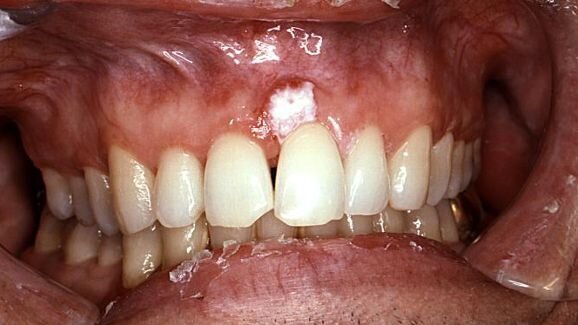





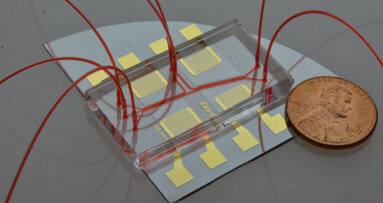
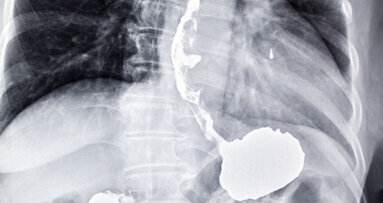

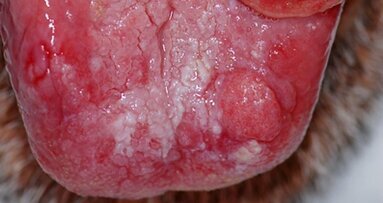

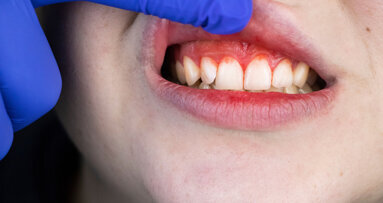












To post a reply please login or register